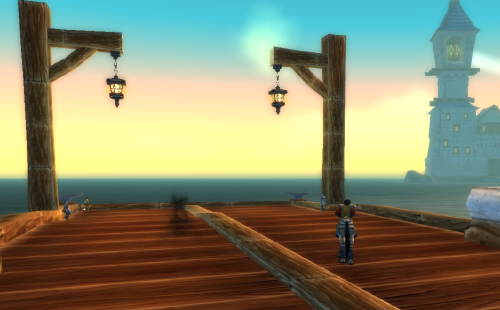Every week we pick some machinima, ranging from amateur to professional, that demonstrate some of the activity going on in virtual worlds.
1. I’m a Ute and I’m a Cougar #2 (Real Cougar)
2. YouNews – Second Life Divorce
3. Piece of Heaven Second Life
4. World of Warcraft Wrath of the Lich King – Three Days Straight



Recent Comments